This expert wild food educator shares his passion and offers advice.
Wild food educator John Kallas was born in Dearborn Heights, Michigan. When he was a child, he was so fascinated with the skills Native Americans had for living off the land that he began to learn them.
Extensive Background
Kallas’s interest in wilderness survival and Native American skills became a more serious life study when he began college in 1970. As his studies progressed, he realized he was most interested in how our ancestors fed themselves with wild plants.
“Kallas’s interest in wilderness survival and Native American skills became a more serious life study when he began college in 1970. As his studies progressed, he realized he was most interested in how our ancestors fed themselves with wild plants.”
He focused on wild foods, using Bradford Angier’s How to Stay Alive in the Woods as one of his first references. He soon graduated to Alan Hall’s book, The Wild Food Trailguide, along with other serious sources of information.
By 1974, Kallas was taking college classes in wilderness survival and nutrition, along with pursuing an independent study in edible wild plants. He chose these academic pursuits because he wanted to be prepared for a six-month “vagabonding” trip through Europe. He took that trip; and, by the end of that adventure, he was getting all his food during the trip from wild plants, including field mustard, wild spinach and cleavers, among others.
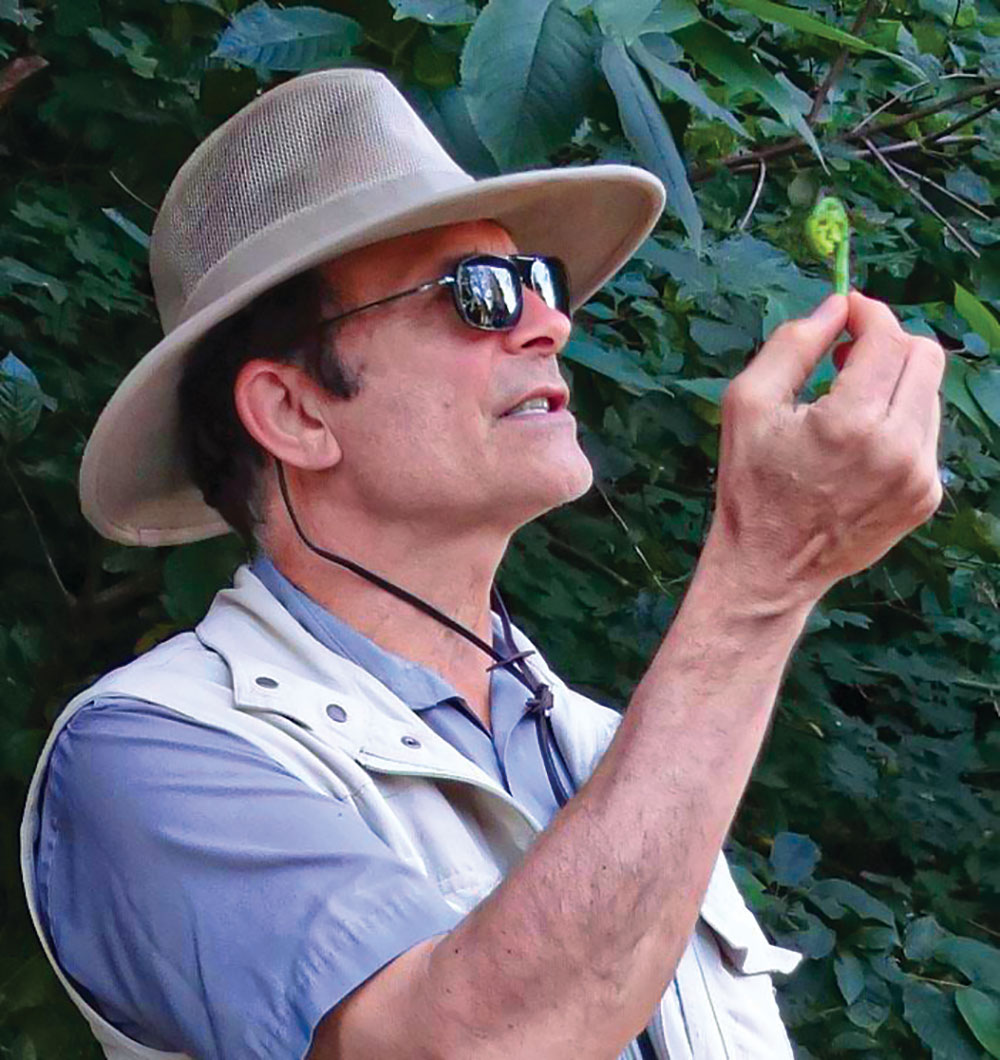
Kallas then returned to college and took classes in botany and taxonomy. His professors and administrators at Michigan State University (MSU) recognized that Kallas was following an inner guidance on his path of study, and they encouraged him to teach senior-level university classes in edible wild plants. As a result, Kallas taught at MSU for seven years.
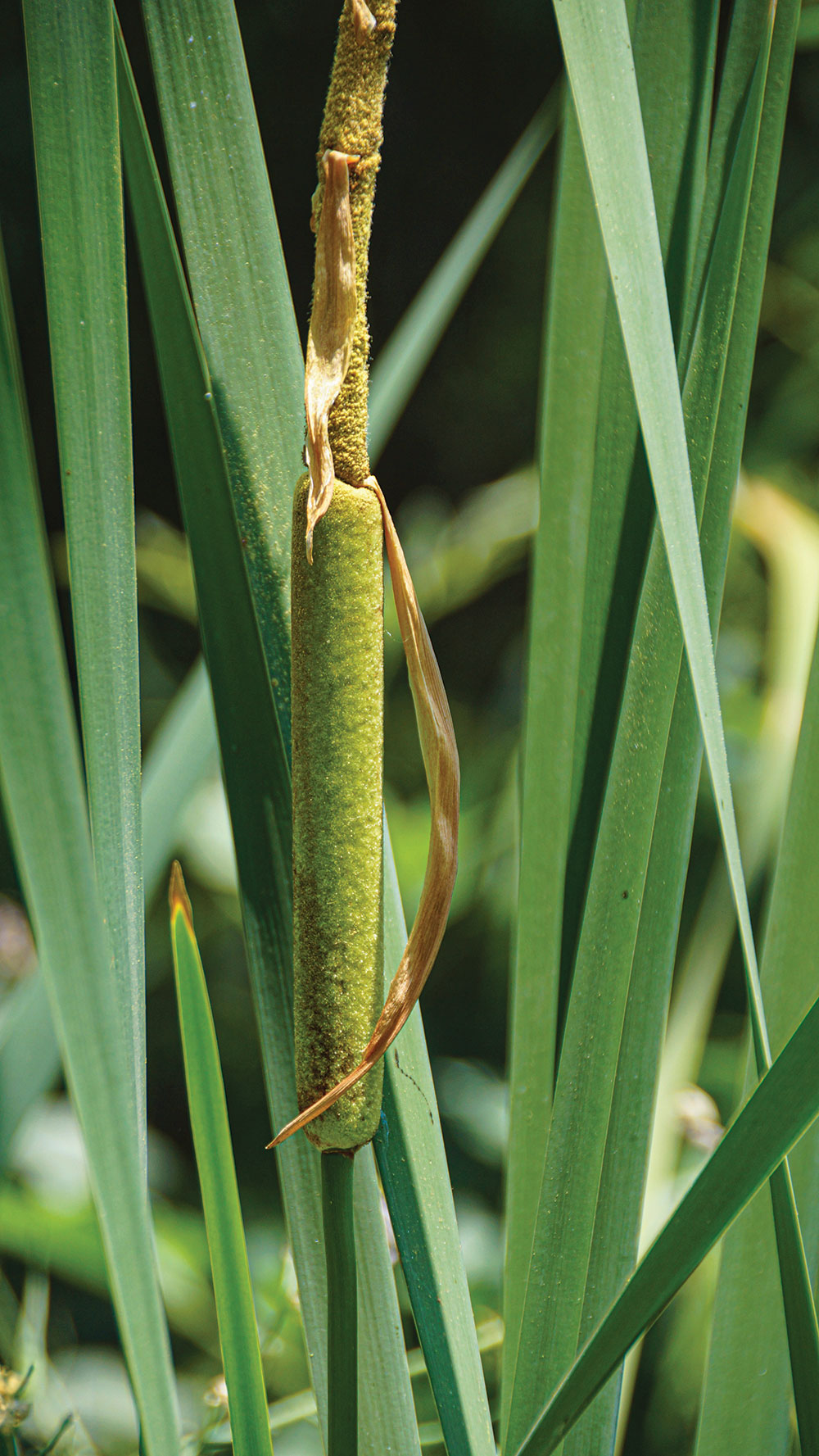
Along the way, he earned degrees in biology and zoology, a master’s degree in education and a doctorate in nutrition. Kallas stated that the reason he pursued a Ph.D. in nutrition was to learn about nutrients, human physiology and biochemistry, cultural foodways, anthropology, food preparation and nutritional toxicology—all to advance the field of wild foods.
He’s taught and trained thousands of people regarding wild foods all over North America since 1978; given hundreds of wild food presentations to a variety of groups; and amassed one of the largest personal wild food libraries in the country.
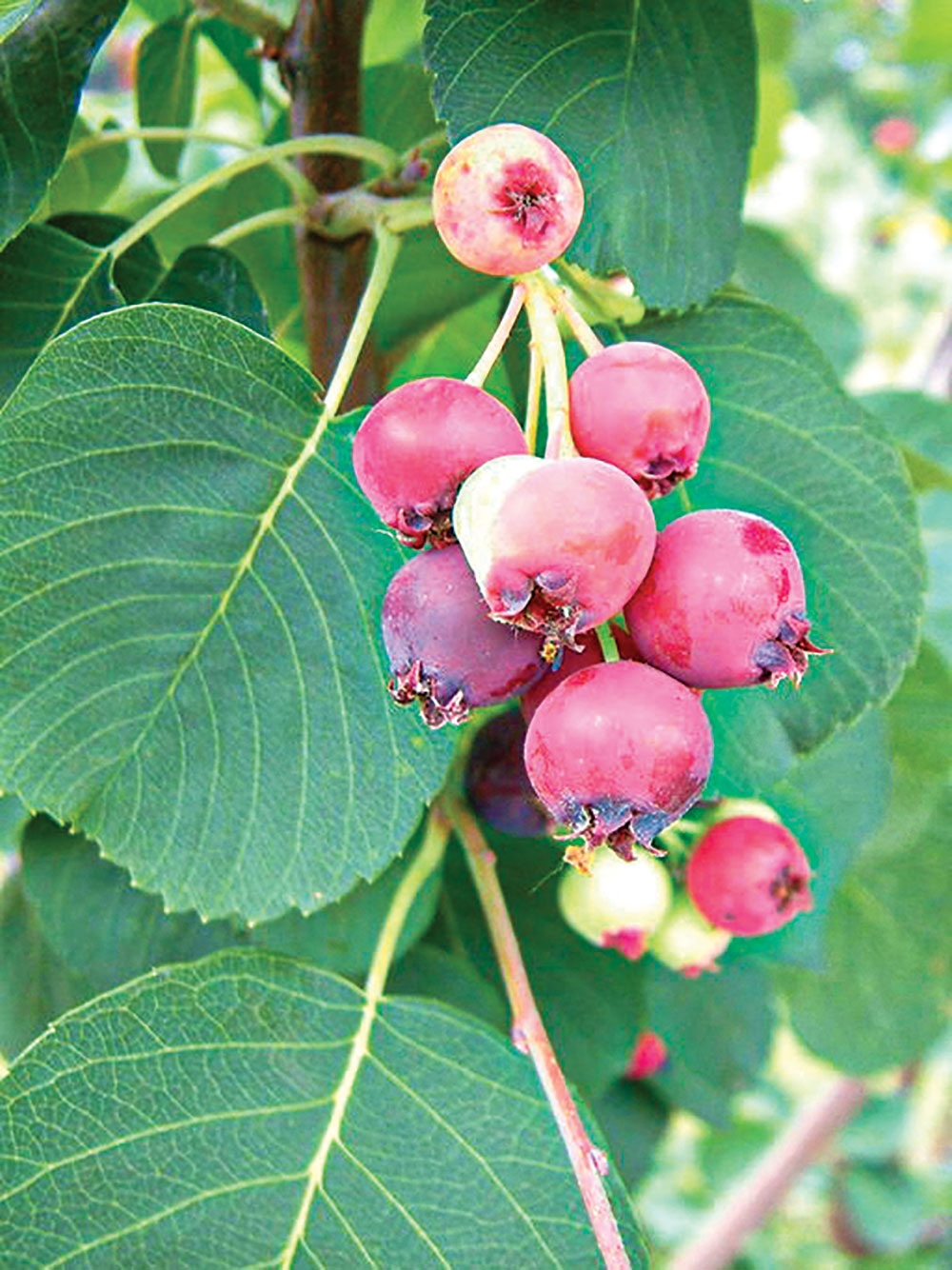
In 1989, Kallas moved to Oregon, where he continued his research and teaching. Since moving to Portland, he’s taught wild food classes at Portland State University and Clackamas Community College, as well as via his company, Wild Food Adventures. Since January 1994, Dr. Kallas has been operating Wild Food Adventures full-time.
From 1996 to 2006, he produced “The Wild Food Adventurer” newsletter, an informative publication in which he shared some of his knowledge about wild foods, including his ongoing research, and how to identify and use wild plants. Kallas is the author of Edible Wild Plants: Wild Foods from Dirt to Plate. This is a thick book! It’s part of what will become a multivolume book series. Volume two is projected for publication in 2022.
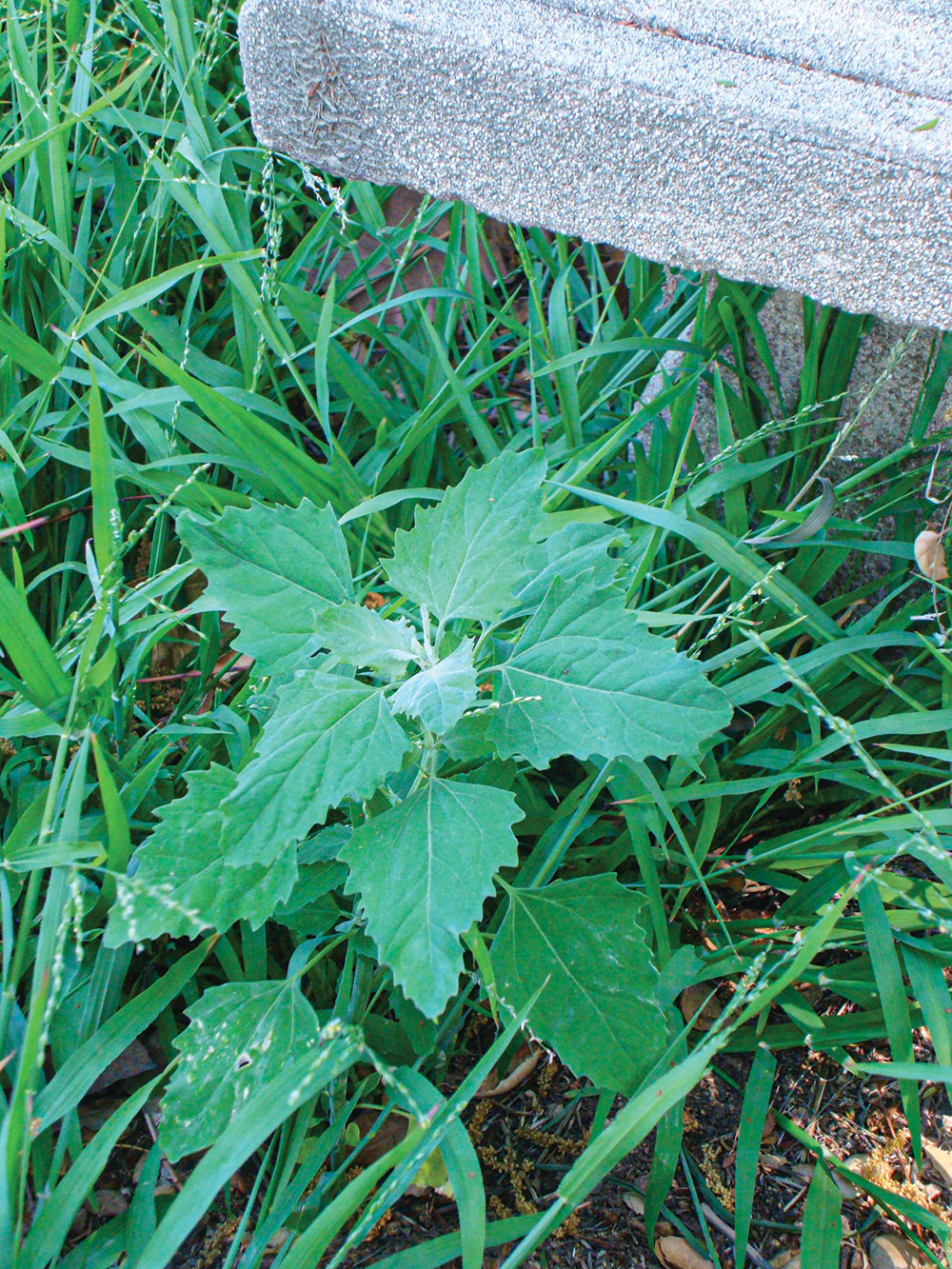
According to Kallas, “This is a great book for anyone—from beginner to advanced—in foraging. It’s not a field guide; rather, it’s an easy-to-use manual that outlines what you need to know to begin a successful and lifelong interest in edible wild plants. It’s a pictorial guide that introduces you to the most common, most abundant, easy-to-find wild foods. The book explains each plant at all stages of growth, shows you the edible parts at their prime and provides simple, basic recipes that illustrate the potential these foods could have in your diet.”
Did He Ever Get Sick?
I had the good fortune to meet Kallas for the first time in 1999 in Portland, when I was traveling around the country for the Y2K shows. Because I’m a fellow forager, there were certain things I wanted to know from him … such as, had he ever gotten sick from a wild plant.
“That only happened once,” Kallas told me:
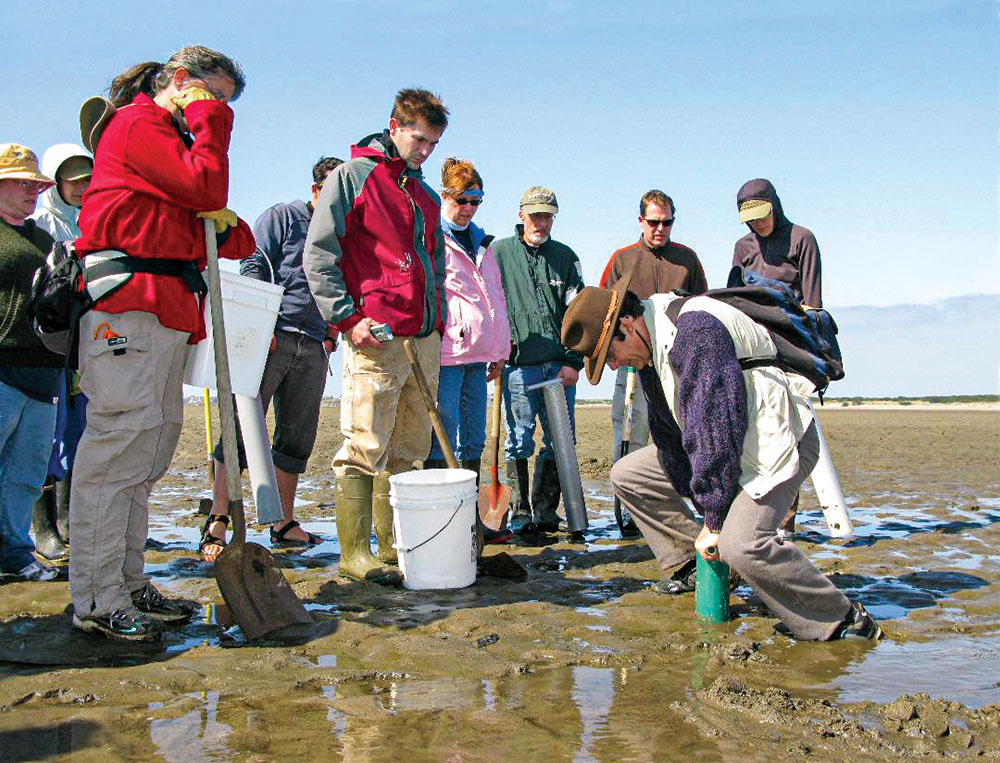
He described himself as “young, ignorant and cavalier,” and he assumed that boiling would reduce the toxicity of milkweed (Asclepias syriaca) root. That was more than 40 years ago. Although he couldn’t remember the exact details, he’s pretty sure that he boiled the root in two changes of water for 20 minutes each and then ate a small amount.
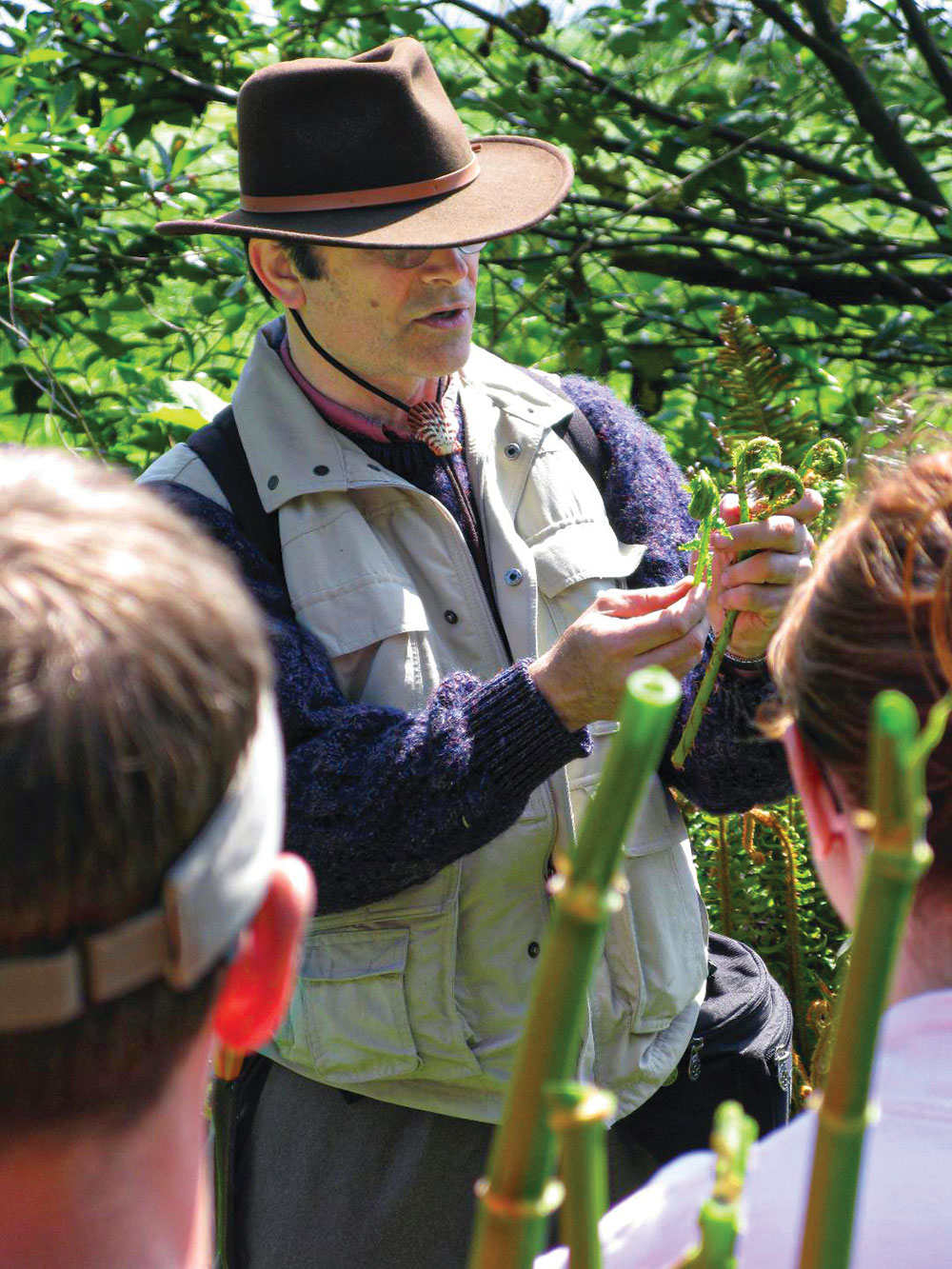
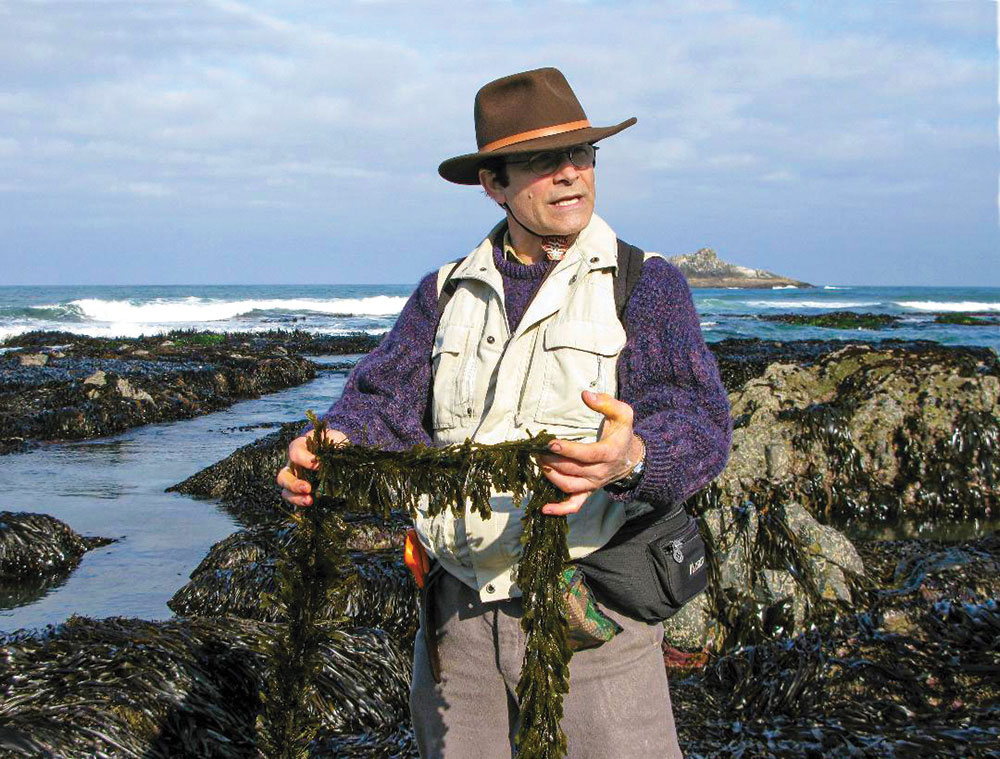
“Within a half hour, I began showing signs of neurological symptoms,” he explained. These included a headache, stiff neck “ … and I’m sure other things.” He was ready to go to the emergency room if the symptoms got worse, but they didn’t—probably because he’d eaten so little. He was back to normal over the next couple of hours.
“That taught me a big lesson about guessing instead of following clear evidence from a tradition of use,” he said.
The Next Generation
As a teacher, I know that I’m always concerned—sometimes, even worried—about how my students practice what you taught them.
“’During the teaching process, wild food educators should be focusing heavily on sustainable harvesting and habitat protection. An educated public does more to protect what it now appreciates.’”
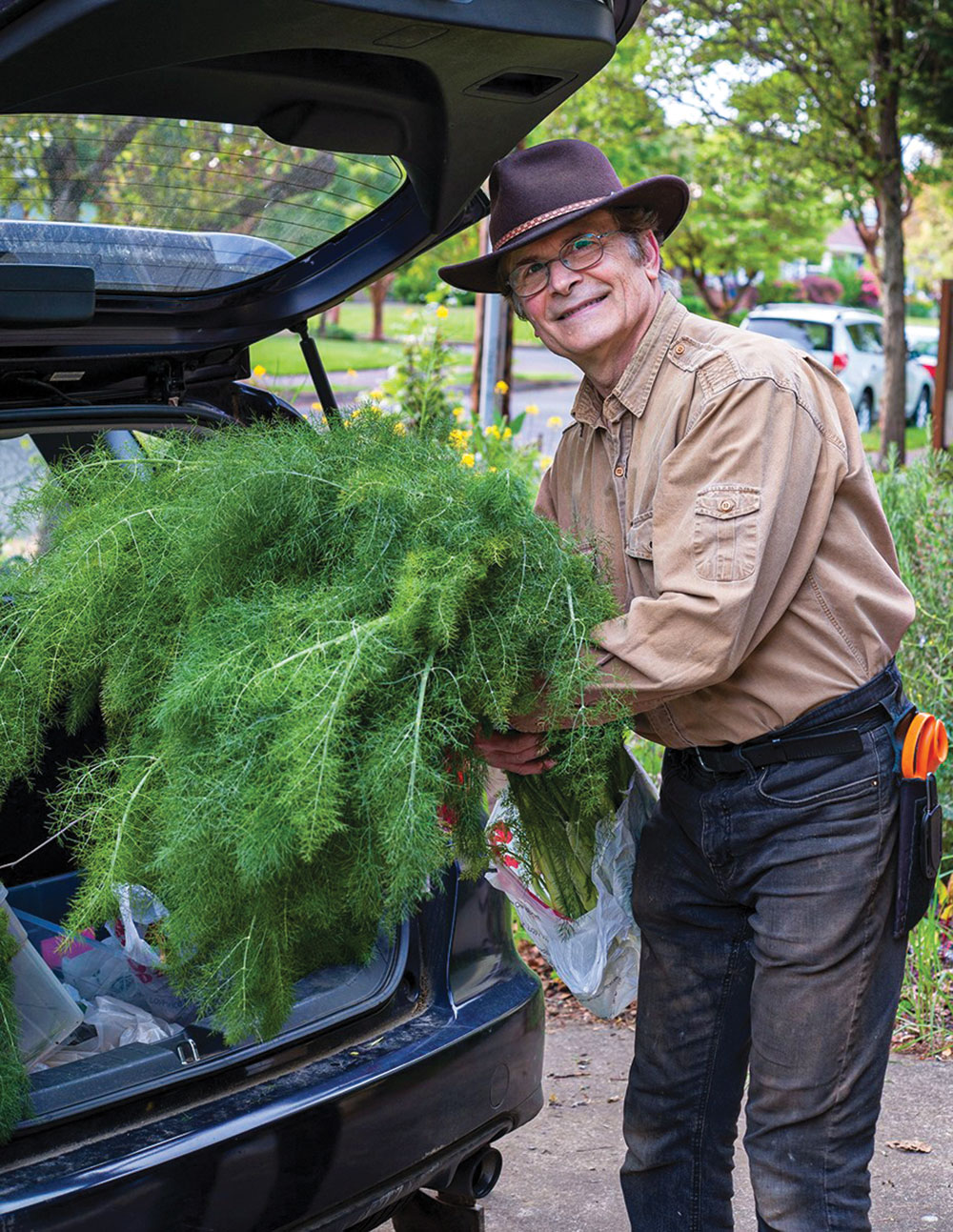
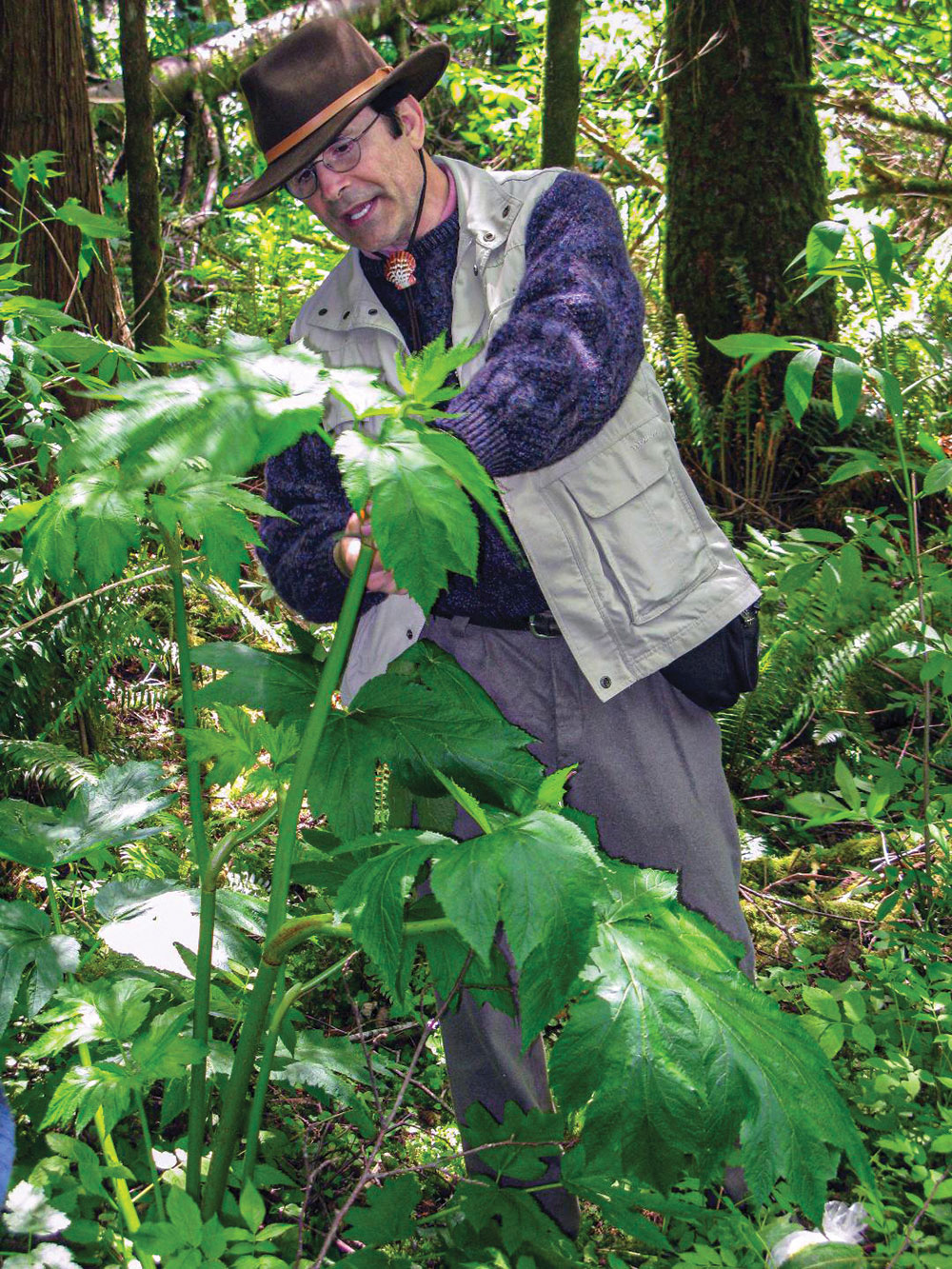
Kallas pointed out, “I’ve been very happy with my students. After just a little guidance, they seem to be very responsible about sustainable harvesting and doing their homework. It’s the general public that doesn’t get formal training that concerns me.
Carelessness about sustainable foraging, not paying attention to details, assuming wild foods are no different than supermarket foods—those are the biggest problems. The worst are those who don’t want to put in the work and assume they know more than they do; for example, all those people over the years who got poisoned from eating poison hemlock (thinking it was wild carrot) and had never studied wild carrot or poison hemlock. They just assumed they knew a carrot when they saw it and that, because it tasted good, it must be fine to eat.”
The Flavor of Wild Foods
One of the biggest objections to using wild foods is that people suggest that they don’t taste good. This is often based upon never having tasted any! However, properly prepared, wild foods can be quite delicious.
Kallas said that when someone says they don’t care for the flavor of some wild foods, they usually simply don’t know enough about the food to tap into its potential.
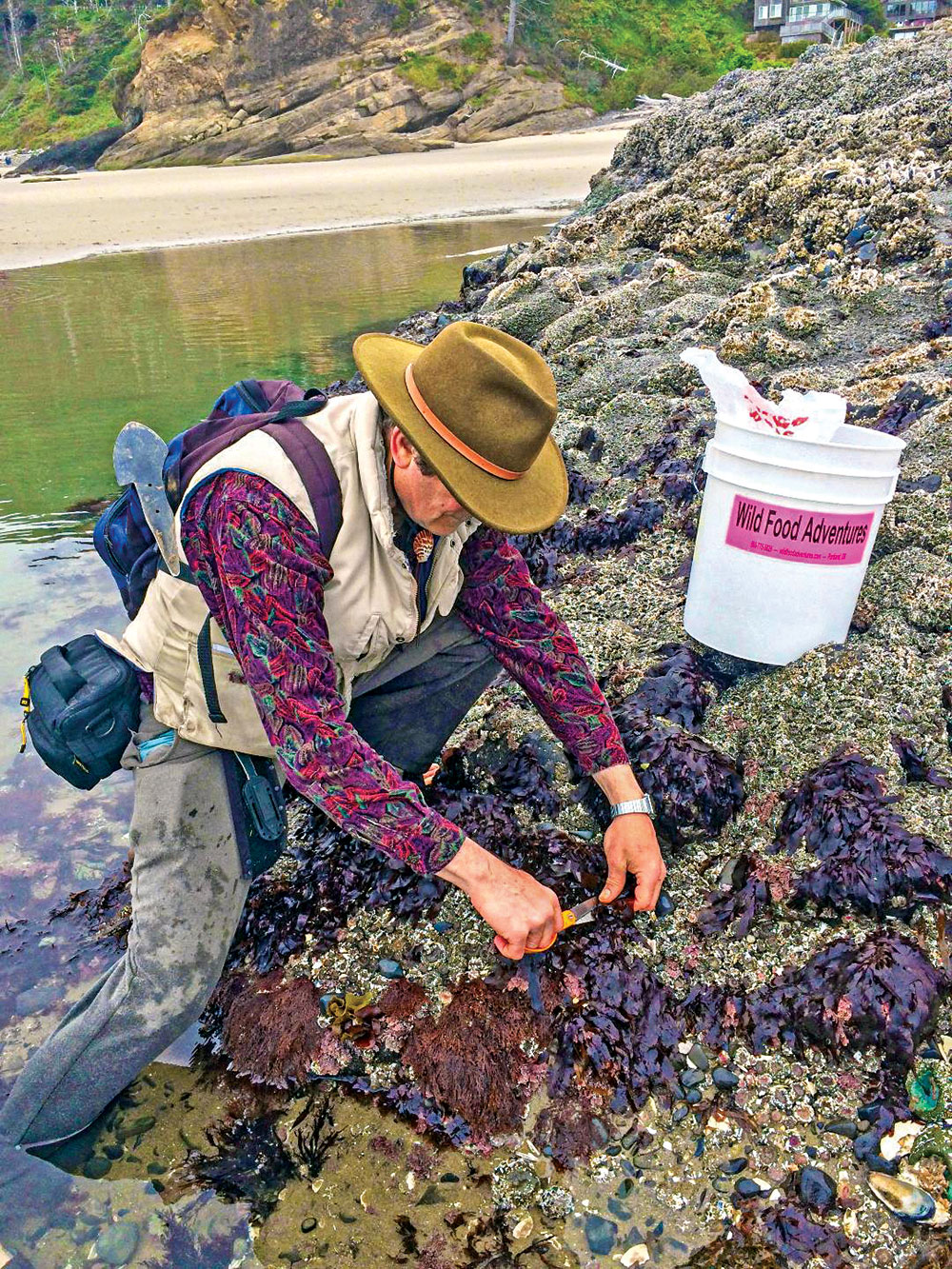
“Not everyone likes broccoli, but more people like it when it’s prepared certain ways. Most wild foods have a tradition of use that makes them most palatable. A lot of that has been lost to lack of documentation since the beginning of time. One of my jobs is to figure out how to make wild foods palatable by today’s standards. For example, When is the best time to gather an edible part? How is it best processed or prepared? What is it best served with? Most wild foods are excellent if you know what to do with them.”
His successful classes and many repeat students comprise a testament to the fact that Kallas has rediscovered the ancient art of making wild foods taste good.
Every now and again, we read about foraging in the news—usually when someone gets sick or dies from eating wild mushrooms. But, as foraging has grown more popular, journalists often report about the rekindling of native skills, as well as other angles they feel might sell newspapers.
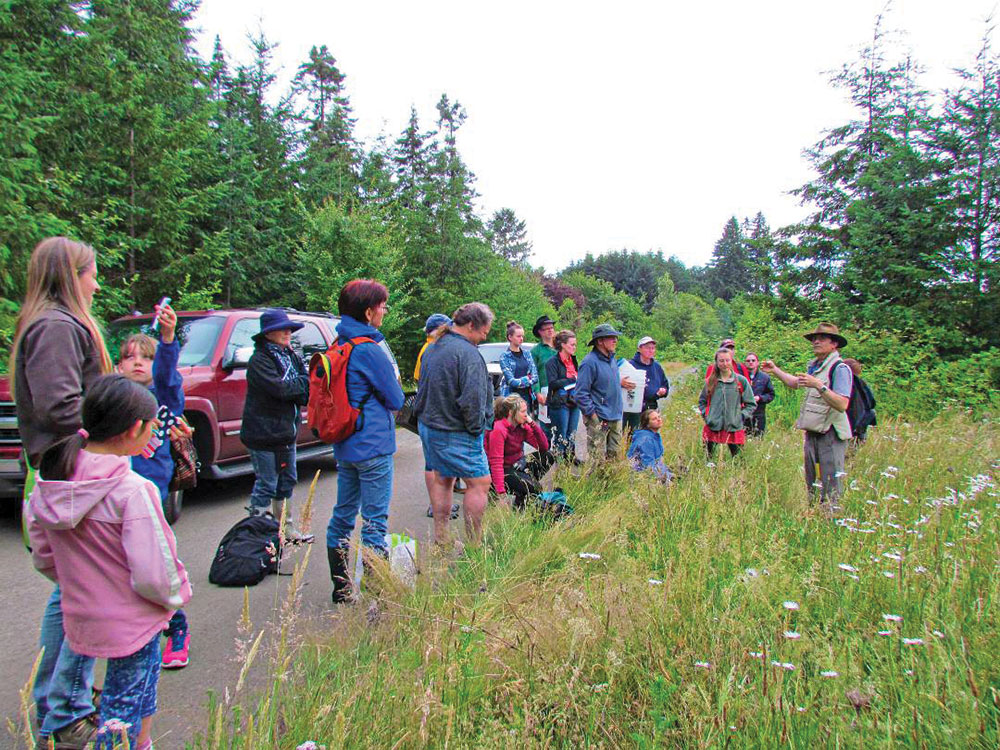
Consequently, I asked Kallas if he believed that foragers are treated fairly in the news.
“Stories about wild foods and wild food foragers are mostly about hype,” Kallas pointed out, “because wild food is seen as ‘odd’ to the average person. Unfortunately, some wild food educators foster that hype.
“Serious coverage is more fascinating than hype, but journalists don’t always realize that. The biggest problem with the news is treating wild foods as if they are just another version of supermarket foods. You can’t just pull ready-to-use wild foods off the shelf (well, maybe, if you know what you’re doing, there are some wild ‘fast foods’—ones you can just grab and eat. But that’s only a subset of wild plants). By definition, wild foods are foods that you have to go find and collect yourself, wherever they might be growing. These aren’t cleanly wrapped, picked and offered to you by someone else. If they are, well, you’re not actually foraging, are you?”
Foragers as Environmentalists
I asked Kallas if he encourages his students to grow weeds or to let them grow.
“Yes,” he answered. “Of course. With habitat loss and most people not having access to wild areas in which they can forage, edible weeds have great potential as sustainable sources of food.”
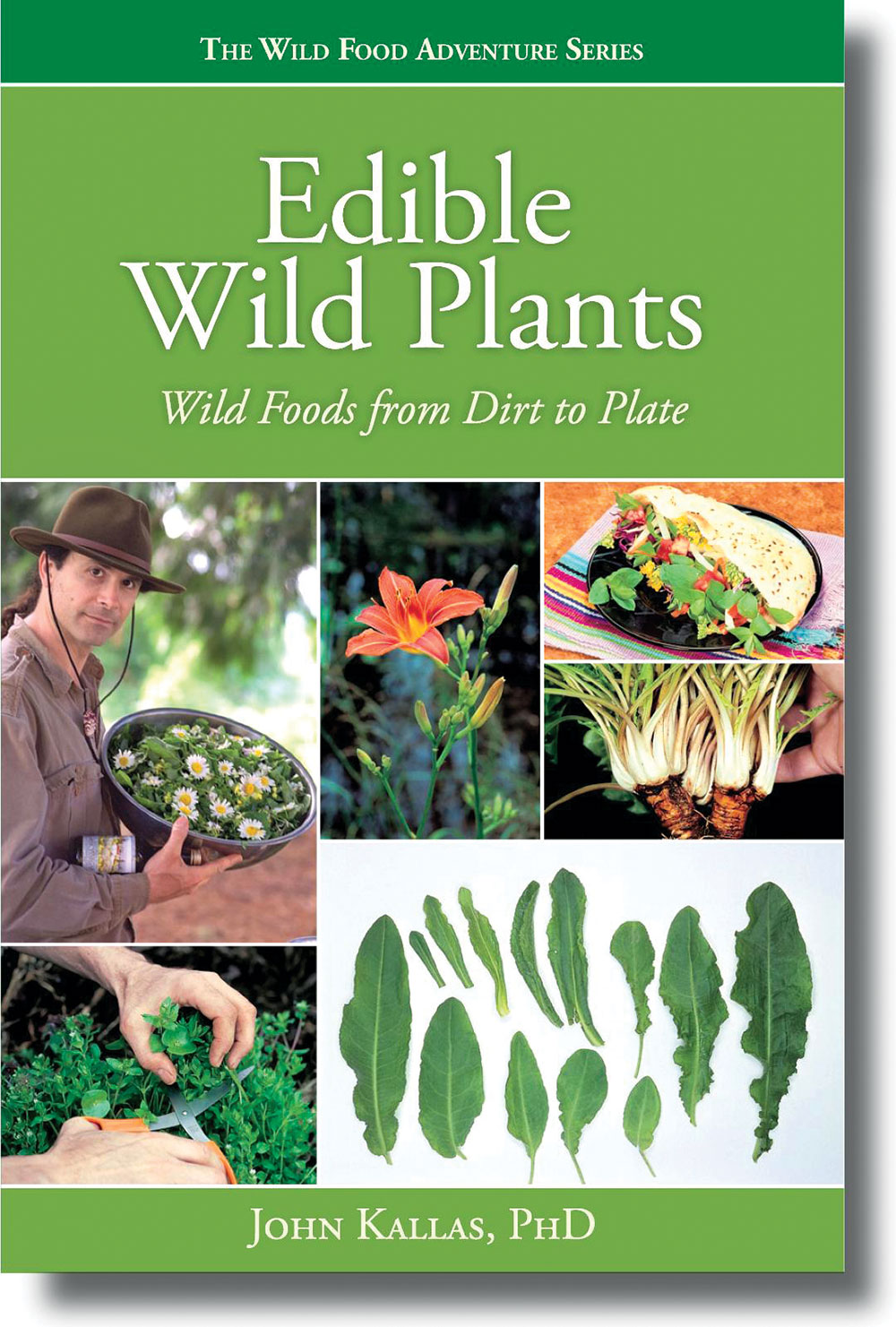
And this leads us to an important point: Should wild food foragers and educators do more to protect wild areas?
According to Kallas, most professional wild food instructors are already dedicated environmentalists:
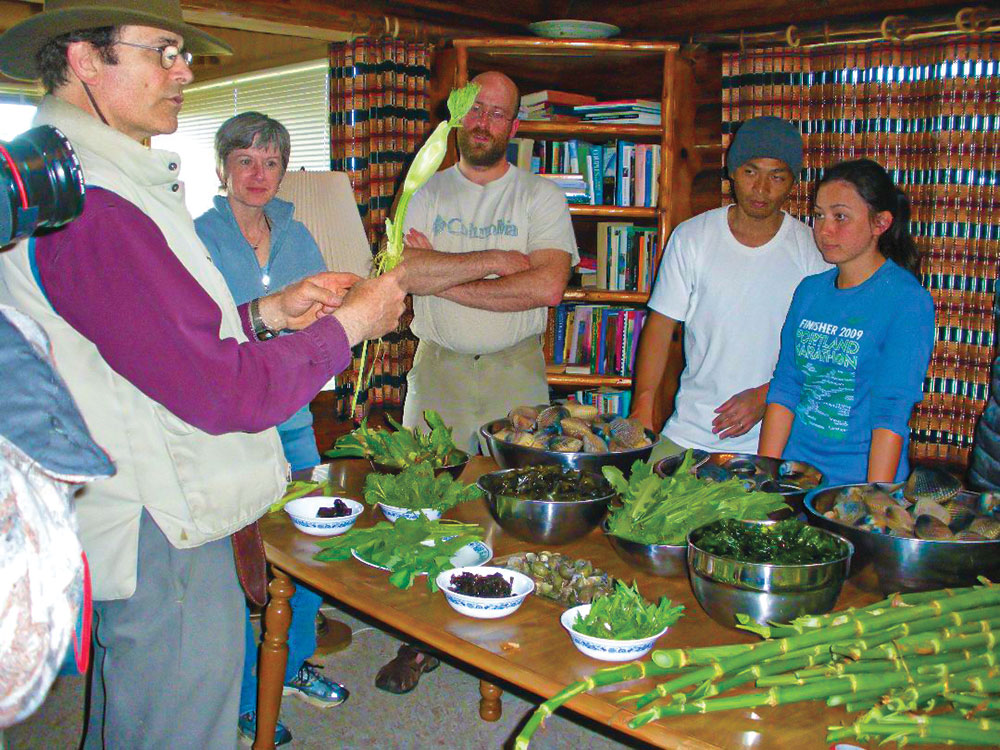
“During the teaching process, wild food educators should be focusing heavily on sustainable harvesting and habitat protection. An educated public does more to protect what it now appreciates. In fact, one of my mission statements is to bring people closer to the Earth through environmental education so they’ll take better care of it. Wild areas are being destroyed every day. If everything is polluted and paved over, there’ll be no wild areas where we can forage.”
Favorite Wild Foods?
I just had to ask Kallas if he had any favorite wild food plants or favorite recipes?
“That’s an impossible question,” he told me (somewhat predictably). “Too many plants are amazing and different, unique and good in their own way. However, I’ve often put meals together from cattails (Typha latifolia) and wild spinach (Chenopodium album), wild sweet pea (Lathyrus latifolius), and saskatoon berries (Amelanchier alnifolia).
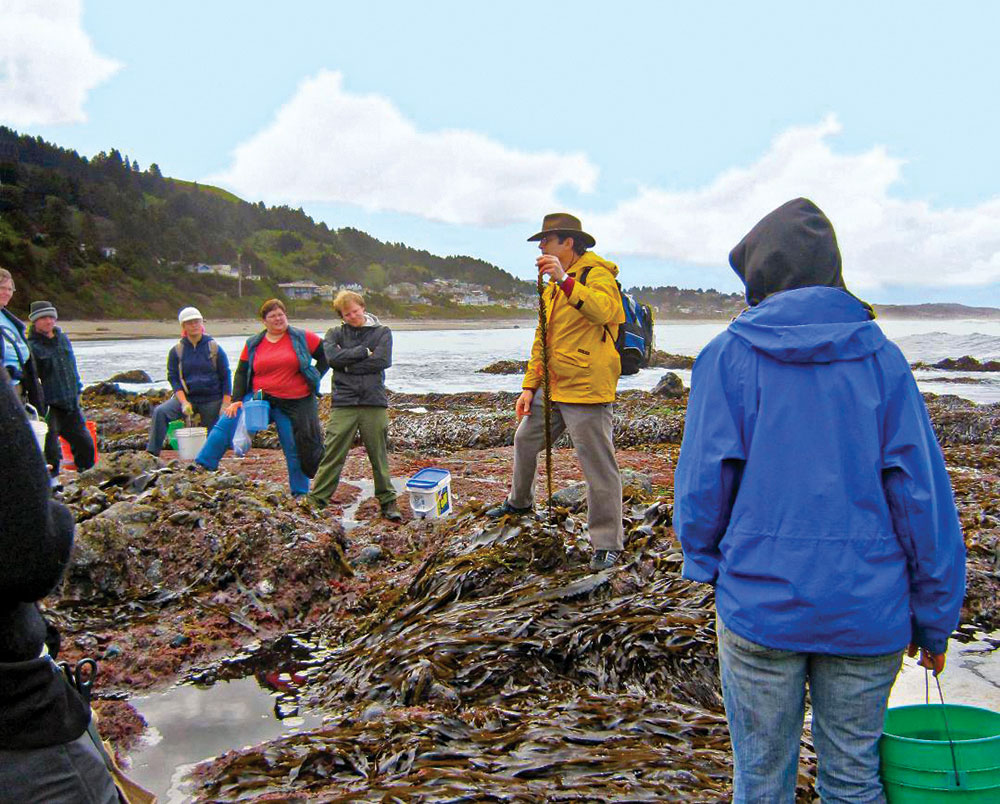
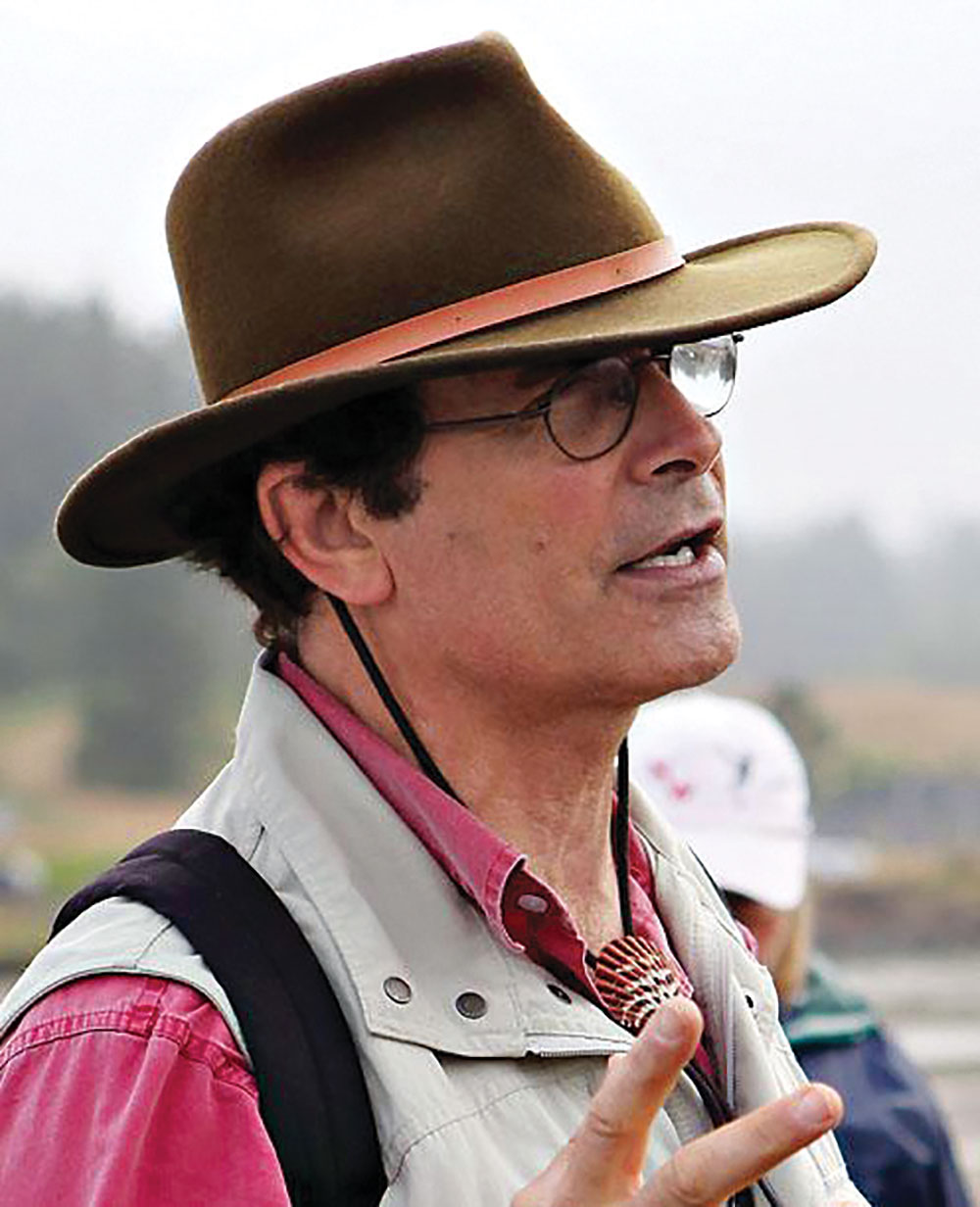
As he offered his list of favorites, I could tell he was also thinking of some others—of which there are many, depending on the time of the year and location.
John Kallas and Christopher Nyerges met for the first time at a 1999 Y2K event in Portland, Oregon. (Photo: Christopher Nyerges)
Top Rules for Foraging
Before eating any plant, you should know three things (assuming you’ve properly identified the plant):
- Know absolutely which parts are edible; at what stage of growth it’s edible; and the minimum preparation required to for the part you’re going to consume.
- Never, never experiment on unknowns or assume that good flavor indicates edibility.
- Use multiple credible sources of information to conduct your studies. Do your homework. There are many great reference resources—but also lots of garbage. Using multiple sources helps you distinguish the good information from the garbage.
- When you hear conflicting information about edibility, keep researching to figure out the whole story. If a plant is included in an edible plant book and is also in a poisonous plant book, you need to know why. They might both be correct, but the “angels and devils” are in the details.
Some Favorite KALLAS Recipes
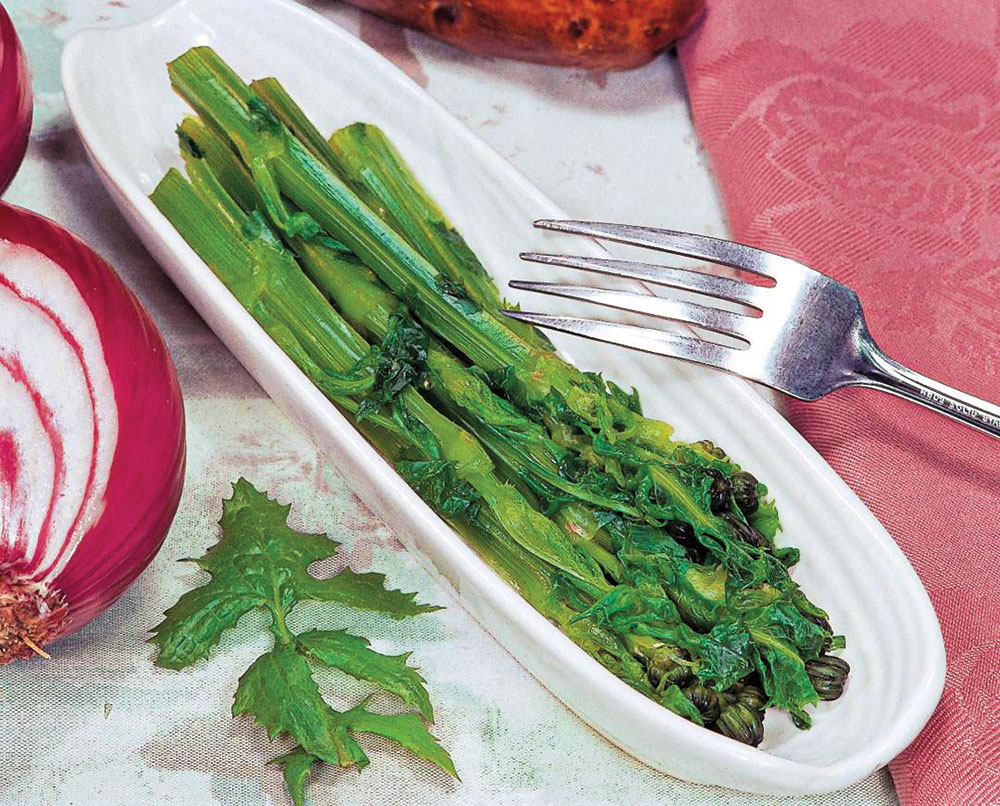
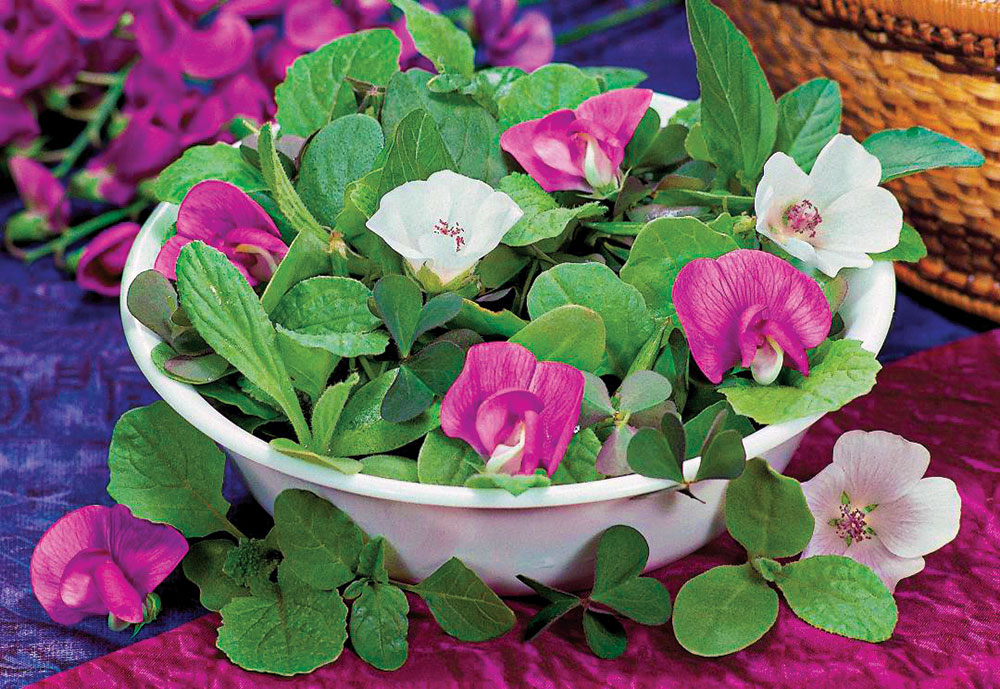
Dandelion (Taraxacum officiale) flower petal soup
Extract the petals from about seven to 10 heads for each cup of soup. Bring to a boil for five minutes and then add salt to taste. This soup is great by itself but is also fantastic used as the base or liquid in more-complex soups.
Sowsparagus
Take the rapidly growing shoots of sow thistle (Sonchus oleraceus) up to about 8 inches tall. Strip off all the leaves except for the very-top, still-unfolding ones. Steam for six minutes. Serve like asparagus.
Wild sweet pea salad (Lathyrus latifolius)
Gather both the young, tightly wrapped shoots and the large, pink flowers. Add sliced tomato, cucumber, black olives and your favorite salad dressing. (The photo to the left shows the pink flowers of wild everlasting pea in a wild salad.)
SOURCE
John Kallas, Ph.D., is the director of Wild Food Adventures, Institute for the Study of Edible Wild Plants and Other Foragables.
(503) 775-3828
422 SE 49th Avenue
Portland, OR 97215
WildFoodAdventures.com
A version of this article first appeared in the October 2021 print issue of American Outdoor Guide.

